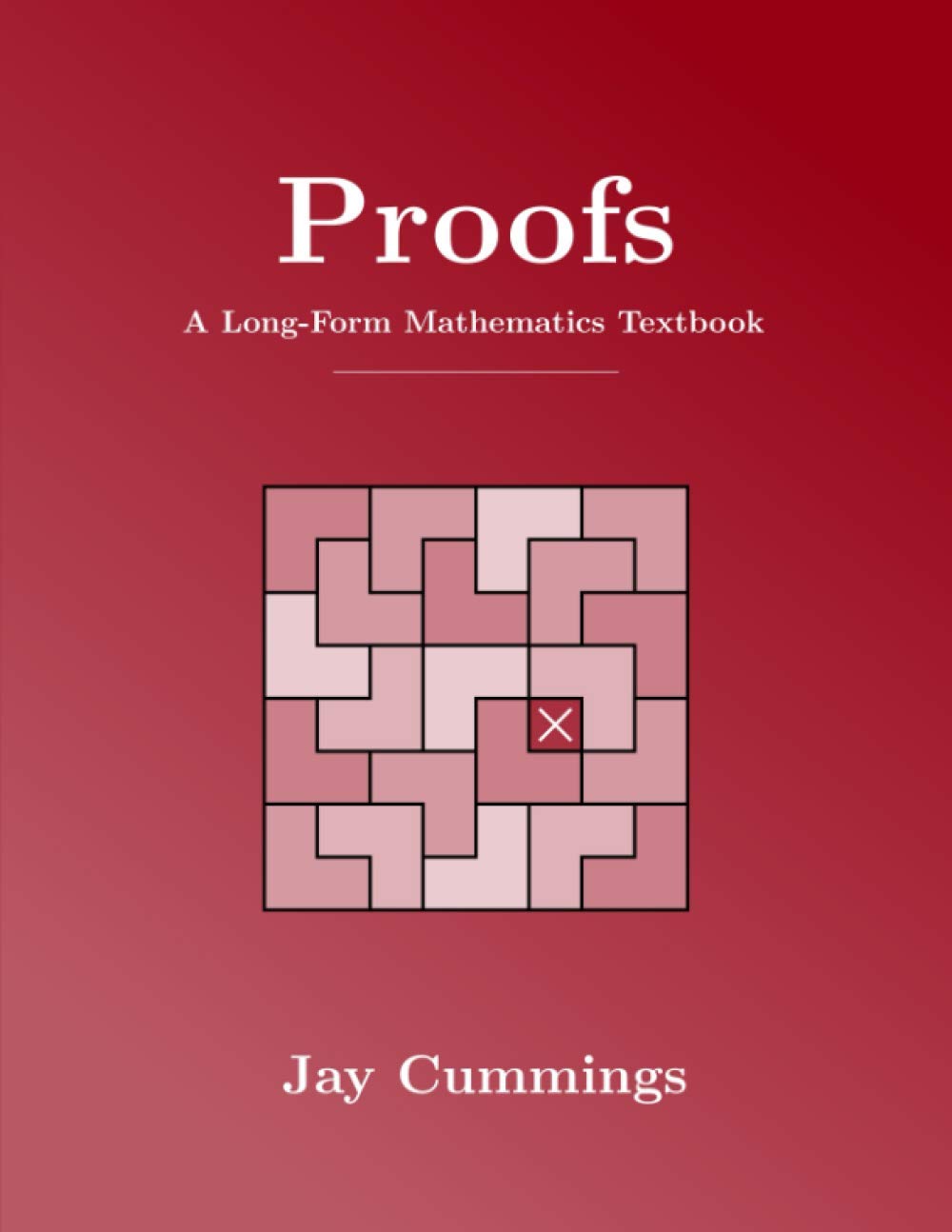

Most ebook files are in PDF format, so you can easily read them using various software such as Foxit Reader or directly on the Google Chrome browser.
Some ebook files are released by publishers in other formats such as .awz, .mobi, .epub, .fb2, etc. You may need to install specific software to read these formats on mobile/PC, such as Calibre.
Please read the tutorial at this link: https://ebookbell.com/faq
We offer FREE conversion to the popular formats you request; however, this may take some time. Therefore, right after payment, please email us, and we will try to provide the service as quickly as possible.
For some exceptional file formats or broken links (if any), please refrain from opening any disputes. Instead, email us first, and we will try to assist within a maximum of 6 hours.
EbookBell Team

4.8
14 reviewsThis textbook is designed for students. Rather than the typical definition-theorem-proof-repeat style, this text includes much more commentary, motivation and explanation.
The proofs are not terse and aim for understanding over economy. Furthermore, dozens of proofs are preceded by "scratch work" or a proof sketch to give students a big-picture view and an explanation of how they would come up with it on their own.
This book covers intuitive proofs, direct proofs, sets, induction, logic, the contrapositive, contradiction, functions and relations. The text aims to make the ideas visible and contains over 200 illustrations. The writing is relaxed and conversational and includes periodic attempts at humour.
This text is also an introduction to higher mathematics. This is done in part through the chosen examples and theorems. Furthermore, following every chapter is an introduction to an area of math. These include Ramsey theory, number theory, topology, sequences, real analysis, big data, game theory, cardinality and group theory.
After every chapter are "pro-tips," which are short thoughts on things I wish I had known when I took my intro-to-proofs class. They include finer comments on the material, study tips, historical notes, comments on mathematical culture, and more. Also, after each chapter's exercises is an introduction to an unsolved problem in mathematics.
In the first appendix, we discuss some further proof methods, the second appendix is a collection of particularly beautiful proofs, and the third is some writing advice.
Jay Cummings believes that learning math has become far too expensive, and is striving to write textbooks that are enjoyable to read, highlight the beauty in mathematics, and are significantly more affordable than the others on the market. After receiving his PhD from UC San Diego under Ron Graham, he joined the faculty at California State University, Sacramento.